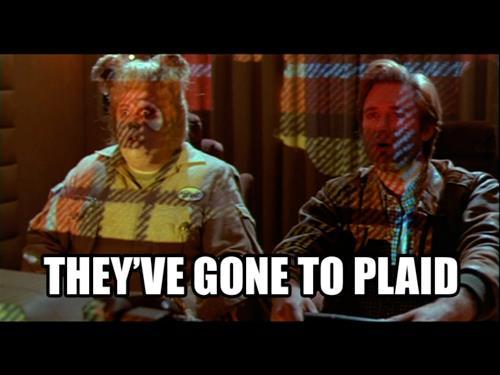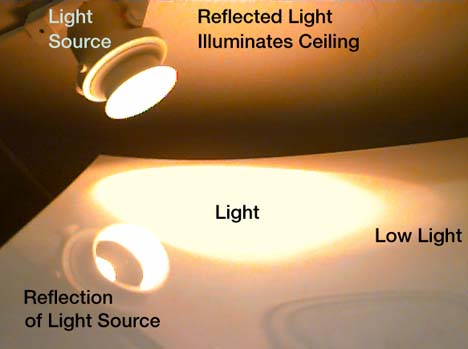Maybe they are cpu limited on the consoles? I came across this benchmark image:

...seems like it works normally clocked Amd cpu's pretty hard and the console cpu's are underclocked a fair amount compared to the ones in the benchmark above.
Another option (just putting it out there for consideration - not saying its more likely than a straight forward CPU limitation) is that this CPU workload on the PC is being done through GPU compute on the consoles and so the GPU load is actually heavier on the consoles than it is on PC.






